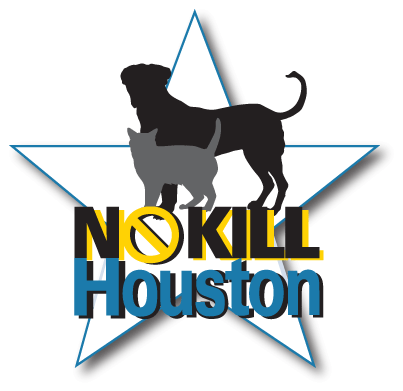

False Claim: I have limited experience
Specifically, Malisow claims in the article that�according to Ed Sayres, my former boss�I was the �Director of Operations� at the San Francisco SPCA for only �two weeks� creating the impression that I only worked there for two weeks. I previously worked for and then consulted with Richard Avanzino, left, and came back a second time for two more years under Sayres. As I indicated to him by e-mail:
That was my title for a few weeks, but it is very misleading. During my second tenure [under Ed Sayres, I also worked for Rich Avanzino] in San Francisco, I had several titles: Director of Law & Advocacy, General Counsel, Vice President, and Director of Operations. [Ed Sayres] even flirted with Executive Director. He hired organizational consultants who came in prior to my leaving and changed my title, but my duties were the same at the time. That is what makes it misleading.
Sayres put me in charge of accounting, human resources, the animal hospital, dog behavior, cat behavior, adoptions, spay/neuter, medical care, and more. The titles changed frequently because of Sayres� predilection for organizational chart revisions, but the duties stayed the same. When describing myself, it would have been silly to say I was the former �Director of Ethical Studies, Director of Law & Advocacy, General Counsel, Vice-President, and Director of Operations� so I choose the one that is most generic for the industry because it accurately described my duties.
He also claims I was only an attorney for a short time. I practiced law as a criminal and then corporate attorney for a total of six years. I have also been involved in writing laws at the state and federal level and use litigation as a strategy for No Kill success. I�m only 42 years old, how many years does he want?
Moreover, I not only worked in San Francisco and Tompkins County, I was the Board President of the Palo Alto Humane Society, worked with the Stanford Cat Network, the Greyhound Protection League, and assisted Charlottesville VA, Reno NV, Philadelphia PA, and many other communities achieve tremendous lifesaving success. I�ve even created an entire municipal animal control department for a municipality.
Malisow also talked about my assessment of Montgomery County (TX) Animal Control but not the impressive results: the significant decline in killing as a result of their following my recommendations. Here was an agency that killed the vast majority of animals, near 80%, entering their facility that now saves the vast majority. Last month it was around 20%, according to a volunteer. This is certainly worth mentioning.
False Claim: The success in Tompkins was due to Maddie�s Fund and deficit spending
Malisow insinuates that Tompkins County�s lifesaving success was a result of a Maddie�s Fund grant and because of deficit spending on my part. Neither of these claims are true. A simple check of Guidestar and IRS 990 filings would have shown a surplus of income to expenses for my last two years. The fact that directors before and after me ran deficits should not be attributable to me. I did not.
Moreover, if Malisow had checked the dates of the Maddie�s Fund grant to Tompkins County, he would have learned it came after I left, and only after the county was already No Kill for three years. During my tenure, their total contribution was a one time gift of $6,000 to help pay for a new animal control van.
He also chose not to mention that despite the difference in size, Tompkins County takes in more animal per capita than Houston, and that its success has been replicated in communities which take in tens of thousands of animals, with a per capita rate vastly higher than Houston.
Most significantly, the article insinuated that No Kill requires lots of money and a fancy facility to be successful. While foster homes, volunteers, and veterinary support are needed, none of these things existed when I began in Tompkins County and immediately put an end to the killing. When I started, the Tompkins County SPCA was a typical American animal control shelter geared to overkill. It was running a deficit, had a much too-small, dilapidated and filthy facility, and banned volunteers because they refused to remain silent about inhumane care. But from day one, I took killing off the table and began to implement the infrastructure needed to save lives. To this day, while Naysayers continue to try to disparage the Tompkins County initiative, it just finished its seventh continuous year of No Kill. It is nothing short of a success story.
The article also ignores other community successes which have followed Tompkins. The municipal shelter in Porter County Indiana used to kill roughly 115 dogs and cats per month, young and old, healthy and sick, friendly and aggressive. There were even allegations of cruelty. After firing the long term director and staff, they now kill about 7 hopelessly ill animals or aggressive dogs a month. They did it overnight.
In Portsmouth Virginia, a new director took over the humane society which contracts for animal control services and committed herself to implementing the No Kill paradigm. Killing is down 63% since she took over operations. Contradicting those who say that No Kill leads to overcrowding and animals dying in kennel, the number of animals found dead is down 75% due to better cleaning practices, staff that is better able to assess medical needs, and increased veterinary care. Defying those who say there are too many animals for too few homes, adoptions are up, while rescue transfers have more than doubled. They did it overnight.